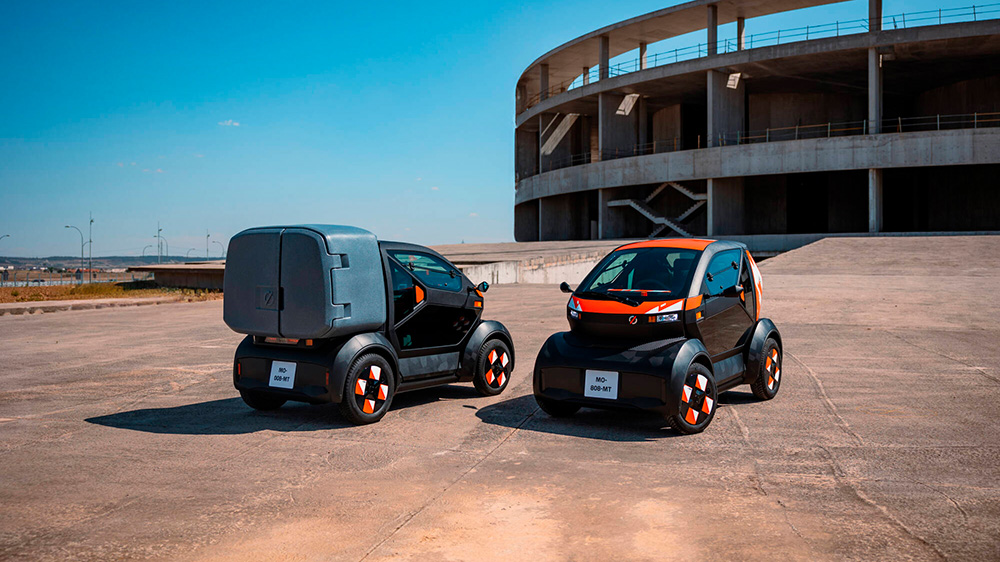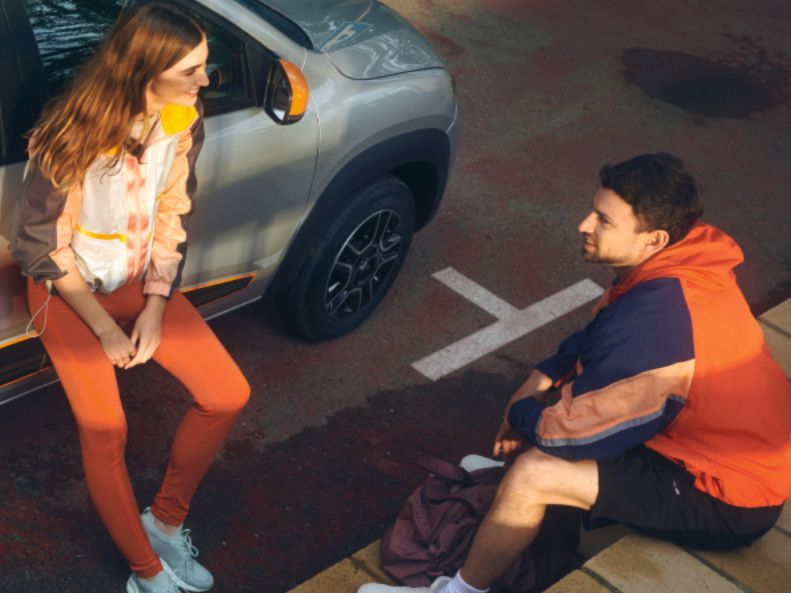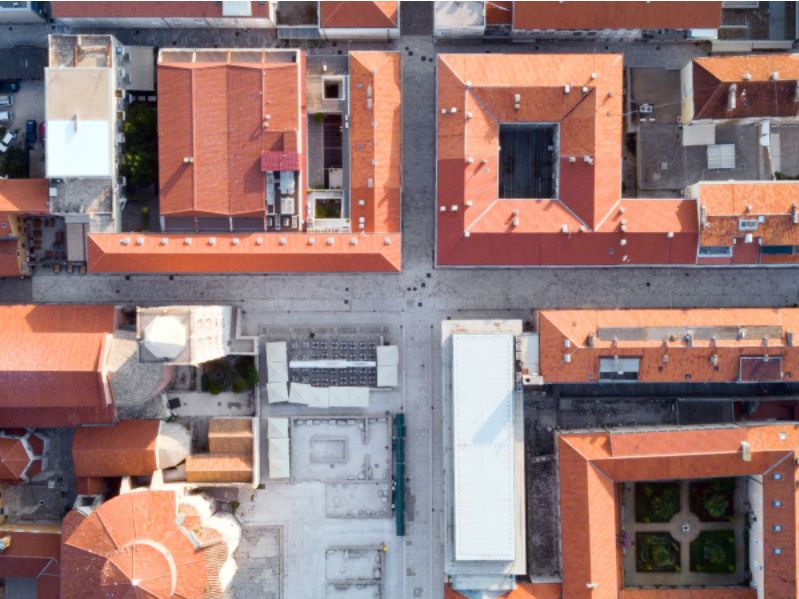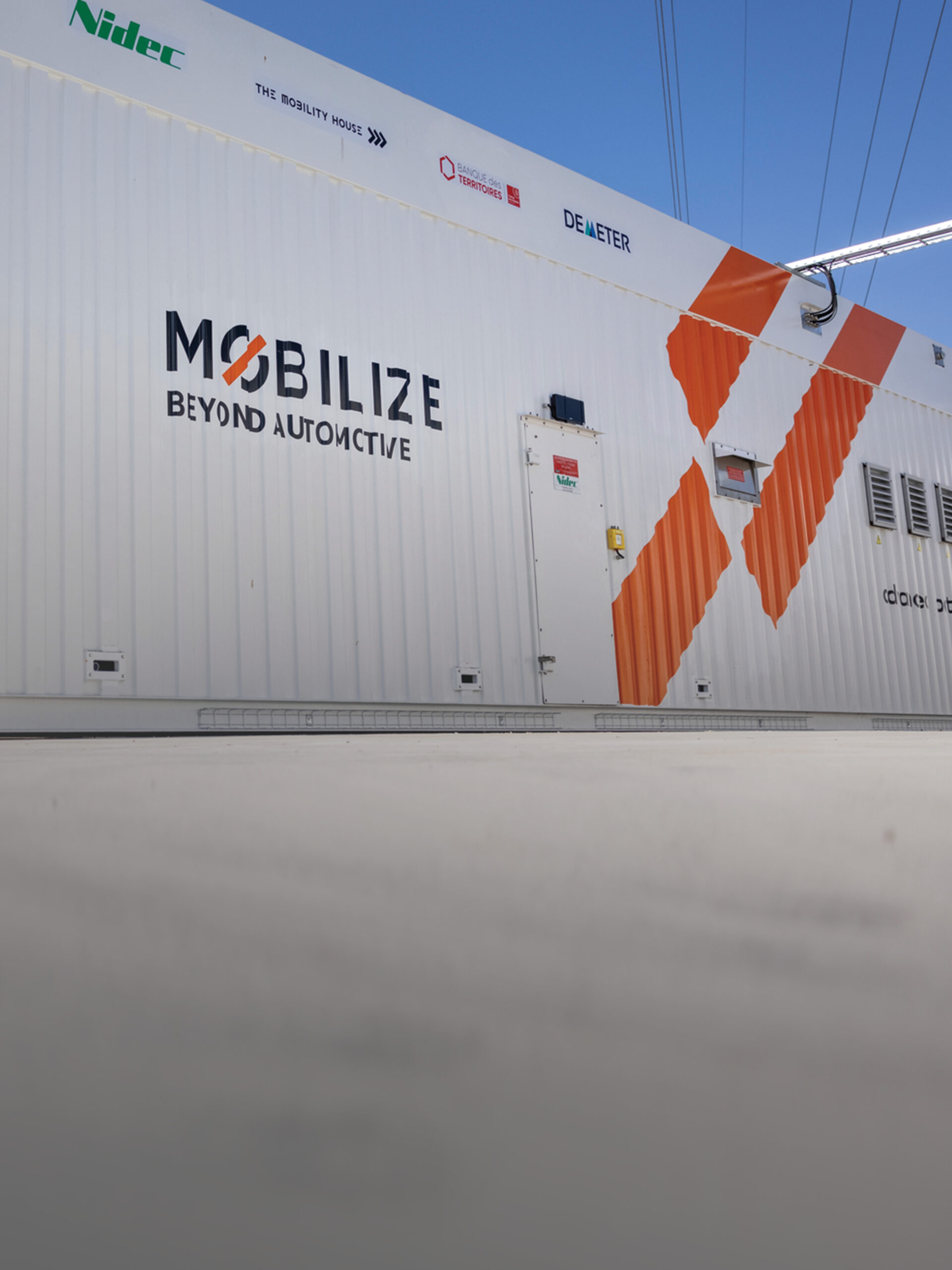What is Seine Alliance and how is it committed to sustainable development?
Having operated on the Seine for some 30 years, the company – under the brand name “Paris Yacht Marina” provides its clients with a quayside loft space and moored boats at the Port de Grenelle in Paris’ 15th district. Sustainable development is in our DNA. We have always sought out the most environmentally-friendly propulsion solutions for our boats. On that note, we’re the first company to have embarked on the process of going electric with our entire fleet, which is set to be complete by 2024.
Is the Black Swan electric boat operational?
Sure! It is an elegant offshore that offers a smooth cruise on the Seine, in the heart of Paris. It’s propelled by two electric motors powered by second-life battery modules from Renault vehicles, notably the Kangoo E-TECH Electric. That means no engine noise, no smell from fumes and no environmentally-damaging emissions. All in all, it’s a unique passenger experience! The Black Swan, which is moored at Port de Grenelle, has room for 10 people, including on-board service, for 2-hour cruises between its home port and the Île Saint-Louis. We are aiming to run 150 to 200 cruises per year.
The challenge is first and foremost to show that it’s possible to run all-electric boats powered by second-life batteries efficiently and reliably… And to make all boat-owners want to go electric.
What made you opt for second-life batteries from electric car battery recycling, and why partner with Renault Group?
Wastefulness is destroying our planet. We’ve got to try to use our natural resources in a smarter way. And there’s actually no point in using new batteries to run riverboats. With second-life batteries we can easily reach the required speed, which is limited to 12 km/h in Paris, and charge them between cruises. There are no weight issues, so we can install more batteries to offset the difference in capacity without affecting the boat’s performance. With this in mind, it was only natural for us to partner up with French manufacturer Renault Group, an electric vehicle expert committed to the circular economy of its batteries, and more particularly with its Mobilize brand specialising in energy transition. Green Vision is providing us with technical guidance. This is the first time that three French companies have teamed up to develop a system like this. It’s a real challenge that’s inspiring big ambitions!
What are the challenges facing this pilot project?
First and foremost: to show that it’s possible to run all-electric boats powered by second-life batteries efficiently and reliably. The challenge is to make all boat-owners want to go electric. In Paris, 150 boats could potentially be optimized with electric or hybrid technology.
We want to raise awareness of the subject with the authorities, too, starting with the bodies that manage French waterways. This is so that the regulations, which are currently pretty restrictive for boats carrying more than 12 passengers, can be revised to give a fleet of electric riverboats the chance to develop.
Do you think you can apply this technology to other projects, notably that of the new ship France that you’re involved with?
The new France* is set to be a revolutionary ship, so it has to have a propulsion system that performs very well in terms of environmental impact. The appeal of second-life batteries is obvious – not least for maneuvers in ports and for the optimization of on-board power, which includes the electricity consumption of the galley, lighting, air conditioning, etc. As there are no weight issues with liners, loading one up with several tons of batteries is something we can consider.
More generally, this is a major opportunity to consider at a time when combustion engines are prohibited in some parts of the world, such as in a number of Norwegian fjords for example.
What does the future of river boating look like to you, especially regarding electric boat motor, in Paris and other cities worldwide?
The general shift towards electric energy, amplified by increasingly restrictive environmental standards, is irreversible. Provided that regulations are revised, battery-powered electric propulsion is already perfectly suited to some activities, like floating restaurants that navigate at low speed over lunch and in the evening. That said, for towboats and self-propelled boats, which make long crossings at full throttle, there is no realistic solution as yet. But research is making good progress. Like when aviation was in its infancy, there’s every reason to be hopeful!
* Le France is a former French transatlantic liner commissioned in 1912.
Copyright: Seine Alliance






